详细说明
Purity
>95%, by SDS-PAGE under reducing conditions and visualized by silver stain
Endotoxin Level
<1.0 EU per 1 μg of the protein by the LAL method.
Activity
Measured by its esterase activity. The specific activity is >2 pmol/min/µg, as measured under the described conditions. See Activity Assay Protocol on www.RnDSystems.com
Source
Mouse myeloma cell line, NS0-derived Ala19-Lys283, with a C-terminal 10-His tag
Accession #
N-terminal Sequence
AnalysisAla19
Predicted Molecular Mass
32 kDa
SDS-PAGE
33 kDa, reducing conditions
2186-CA |
| |
Formulation Supplied as a 0.2 μm filtered solution in Tris and NaCl. | ||
Shipping The product is shipped with polar packs. Upon receipt, store it immediately at the temperature recommended below. | ||
Stability & Storage: Use a manual defrost freezer and avoid repeated freeze-thaw cycles.
|
Assay Procedure
Materials
Assay Buffer: 12.5 mM Tris, 75 mM NaCl, pH 7.5
Absorbance Buffer: 12.5 mM Tris, pH 8.0
Recombinant Human Carbonic Carbonic Anhydrase IV/CA4 (rhCA4) (Catalog # 2186-CA)
Substrate: 4-Nitrophenyl acetate (4-NPA) (Sigma, Catalog # N8130), 100 mM stock in acetone
96-well Clear Plate (Costar, Catalog # 92592)
Plate reader (Model: SpectraMax Plus by Molecular Devices) or equivalent
Dilute rhCA4 to 40 ng/µL in Assay Buffer.
Dilute Substrate to 2.0 mM in Assay Buffer.
Load 50 µL of 40 ng/µL rhCA4 into plate and start the reaction by adding 50 µL of 2.0 mM Substrate. As a Substrate Blank combine 50 µL Assay Buffer with 50 µL Substrate.
Cover and incubate at room temperature for 60 minutes in the dark.
After incubation add 100 µL Absorbance Buffer and read plate immediately.
Read (top read) absorbance in endpoint mode at 410 nm.
Calculate specific activity:
Specific Activity (pmol/min/µg) = | Adjusted Abs* (OD) x Conversion Factor** (pmol/OD) |
| Incubation time (min) x amount of enzyme (µg) |
*Adjusted for Substrate Blank
**Derived using calibration standard p-Nitrophenol (Sigma-Aldrich, Catalog # 241326).
Per Well:
rhCA4: 2 μg
Substrate: 0.5 mM
Background: Carbonic Anhydrase IV/CA4
Carbonic Anhydrase (CA) catalyzes the reversible reaction of CO2 + H2O = HCO3- + H+, which is fundamental to many processes such as respiration, renal tubular acidification and bone resorption (1). Topics in a CA meeting (6th International Conference on the CAs, June 20 - 25, 2003, Slovakia) ranged from the use of CAs as markers for tumor and hypoxia in the clinic, as a nutritional supplement in milk, and as a tool for CO2 removal and mosquito control in industry. CA4 is a GPI‑anchored membrane enzyme expressed on the luminal surfaces of pulmonary (and certain other) capillaries and of proximal renal tubules. It functions as the principal CO2 taste sensor (2). In addition, a genetic mutation (Arg 14 to Trp in the signal peptide) of CA4 was found to cosegregate with the RP17 form of retinitis pigmentosa in two large families and was not found in 36 unaffected family members or 100 controls (3).
References:
Hewett-Emmett, D. and R.E. Tashian (1996) Mol. Phylogenet. Evol. 5:50.
Chandrashekar, J. et al. (2009) Science 326:443.
Rebello, G. et al. (2004) Proc. Natl. Acad. Sci. USA 101:6617.
Entrez Gene IDs:
762 (Human); 12351 (Mouse)
Alternate Names:
CA4; CAIV; CA-IV; Car4; Carbonate dehydratase IV; carbonic anhydrase 4; Carbonic Anhydrase IV; carbonic anhydrase IVRP17; carbonic dehydratase IV; EC 4.2.1.1; retinitis pigmentosa 17 (autosomal dominant); RP17







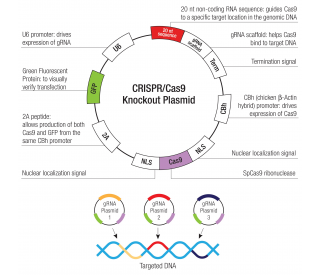

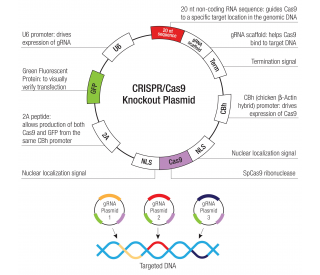
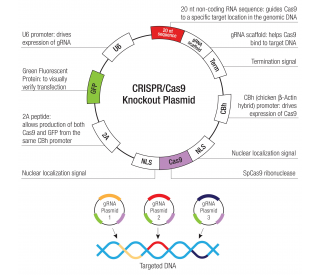


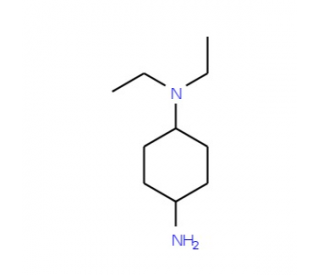

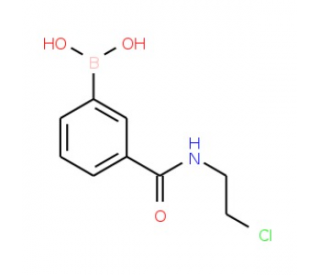
 粤公网安备44196802000105号
粤公网安备44196802000105号